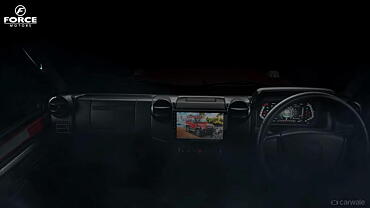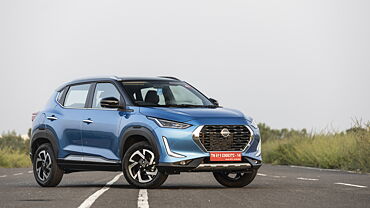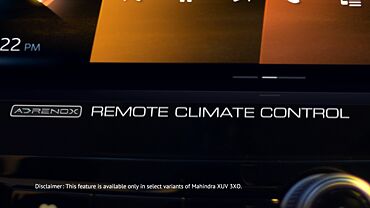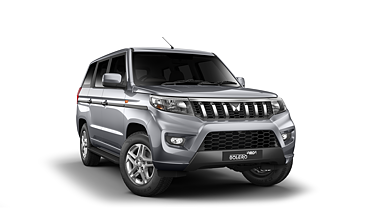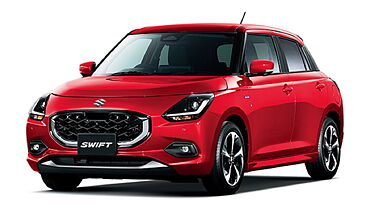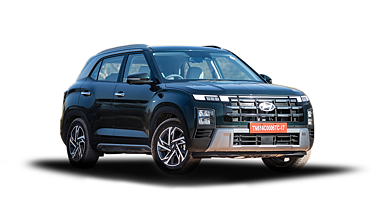AMT technology has become the next big thing in the automobile market in India as slowly but definitely, steadily, the Indian drivers are coming to terms with this new technology. AMT is basically the short form for Automated Manual Transmission, where a clutch pedal is eliminated. The only things present are the brake and accelerator pedal, almost similar to a regular automatic. The transmission is automatically done and the only things to be kept in mind are the times of initiation and stopping. The transmission is mechanistically exactly similar to the normal gear shift, the only difference being the computerised clutch-work. Industry experts have said that the AMT technology as seen in the Maruti Celerio will revolutionise the driving techniques and experience in the market.
Maruti has manufactured 40 per cent of its Celerio models with the AMT technology. Also, the waiting period of this car has been reduced to two months as compared to the K10, which has the automatic gear shift system. Changing gears on busy urban roads is a troublesome matter, more so for fresh drivers. Tuning in to the clutch variations and shifting gears every few seconds is the most problematic affair. AMT technology reduces one problem, that of the clutch part. All that drivers have to do now is to shift gears at the time of the right time instead of worrying about the clutch. Also, AMT allows a better fuel-efficiency as well as soothing to the engine. Maruti has deduced that the fuel efficiency in AMT models is around 23.1 kilometres per litre as compared to standard version’s 22 kilometres per litre.
C V Raman, executive director of Maruti Suzuki India said, “The fuel efficiency penalty on AT was about 15 per cent and the price penalty was more than Rs 1 lakh. In CVT, the fuel efficiency was not a penalty but the price certainly was higher. DCT was also tried but it was expensive and very nascent. AMT was finalised when we knew there would be no penalty on mileage and price.”
“AMT has transformed the way the consumer has looked at the technology. Fuel economy is three to five per cent better than manual transmission. Presently, only one per cent of cars sold in India have automatic transmission. The AMT buyer gets the comfort of an automatic at a price that is slightly higher than manual,” said Saju Mookken, country manager of Magneti Marelli.
Mahindra and Mahindra are testing the benefits of the AMT technology on their Quanto, while Tata Motors will soon provide AMT in Nano and Bolt. Apart from these manufacturers, Nissan and Datsun are also testing this stand-apart technology on their cars.




